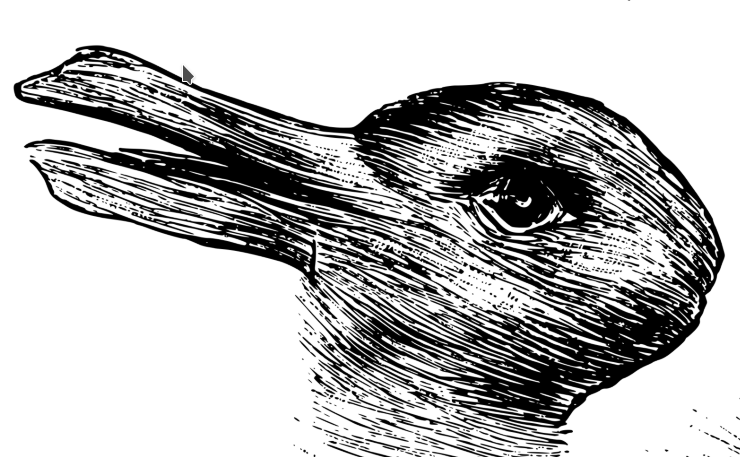languages fossilised themselves
Languages fossilised themselves with their use, as much as that very same usage also maintains the movement of language. As if an amoeba grew like a tree, with both pseudopods and tree rings.
Etymology is a possible pathway to overcome the lack of accessible fossilised language in a current environment. A parallel road.
Etymological records past provide us with evidence, recovering pathways directly and by occlusion, whether lost or just archaic, to older usages and meanings, their worlds, their foreignness.
This success can blind us to the ways in which language fossilises itself more ordinarily.
Records help, history hinders. Even if they are sort-of the same thing.
A taphonomy of worlding must understand that preservation is a loss of currency, usage, the living-ness of language, where the remains survive in being used, …however the erstwhile stratigraphy ( the context, the specifics) is a gastrulation and not quite like the layers of dirt actively or abjectly released and settling over the remains of the day, in some logical temporal order that gravity provides. Layers on layers.
Instead what might still be layers of dirt, are still moving, as if the muscles were the dirt the bones are buried in, … so this stratigraphy is a gastrulation, a membrane of cells, which turns in on itself, stelliferously even.
A taphonomy of worlding addresses these complications, even as it adds new uses in new contexts to familiar words.
------ exploratory list for a glossary of terms for the taphonomy of worlding
- Gastrulation
- Turbidity
- Invagination
- Vectors of contained or bounded movement
- Circulation
- Inside outside.
- Intensity
- The society of transitional zones
- The thresholds of dance
- Tradition
- But most importantly: Alignment.
See current entries in the 'taphonomy of worlding' at this linkpost page.

Crossposted at substack.com.
